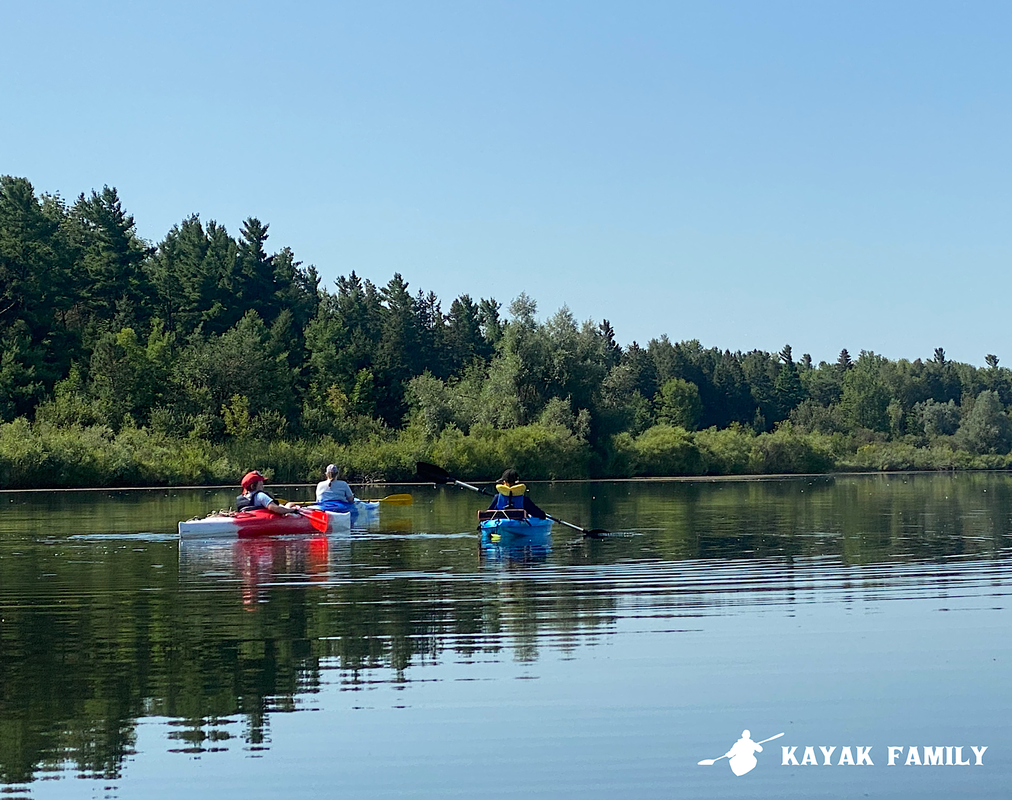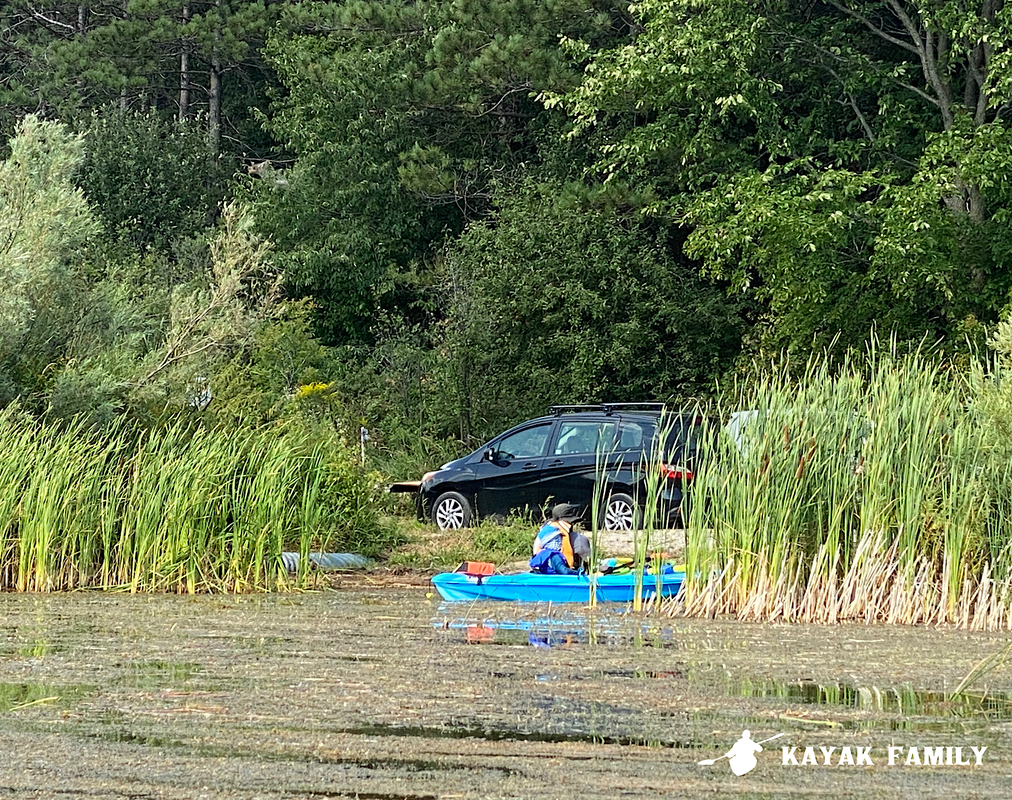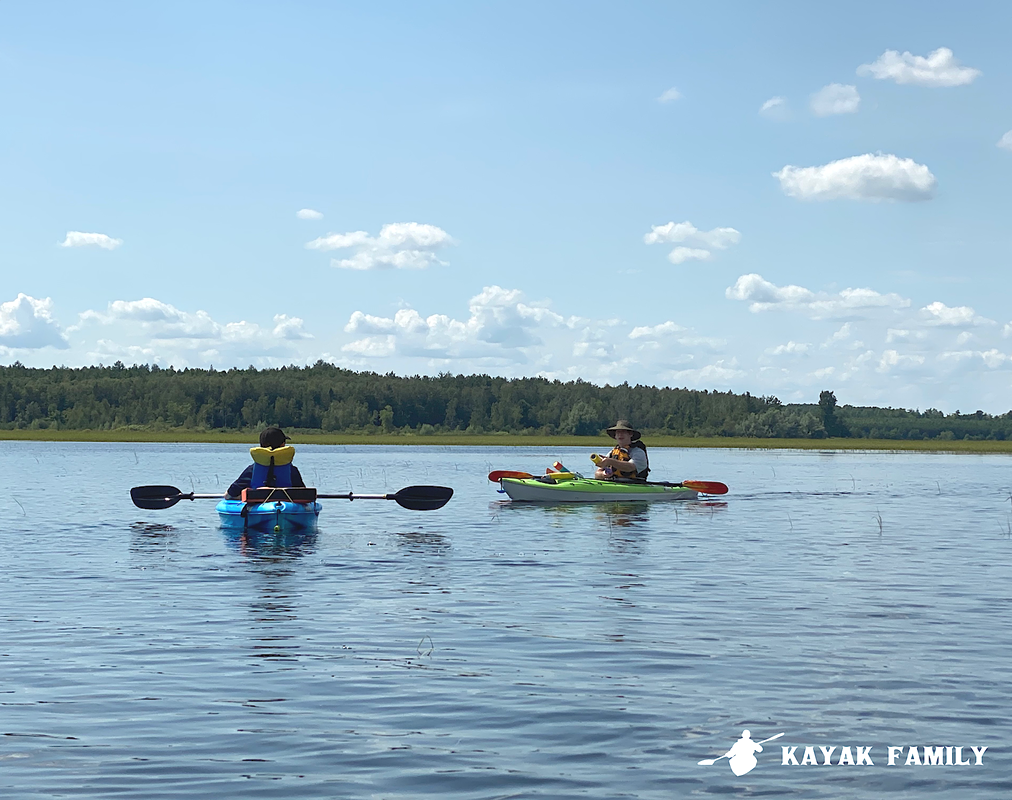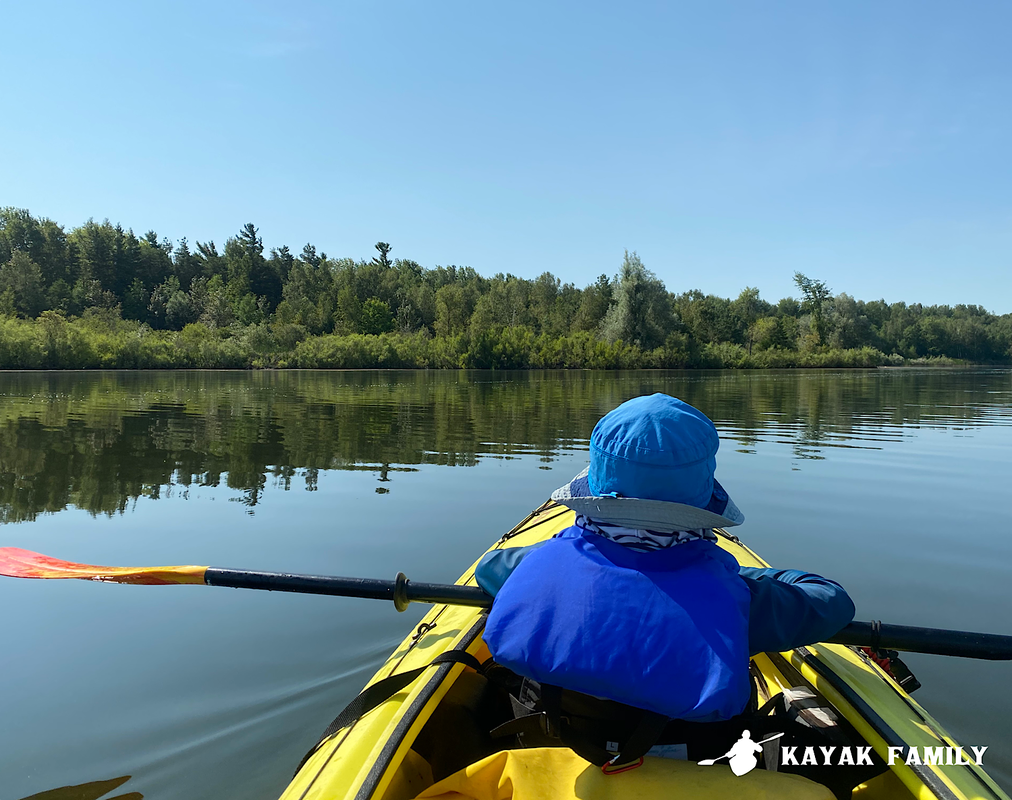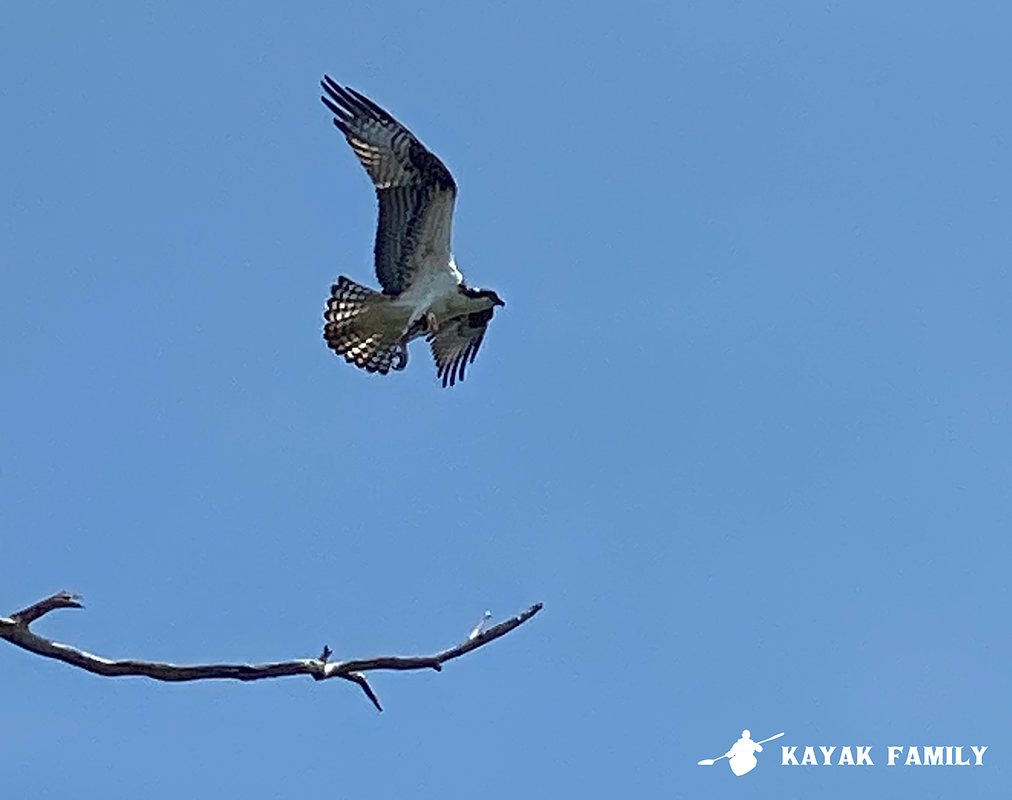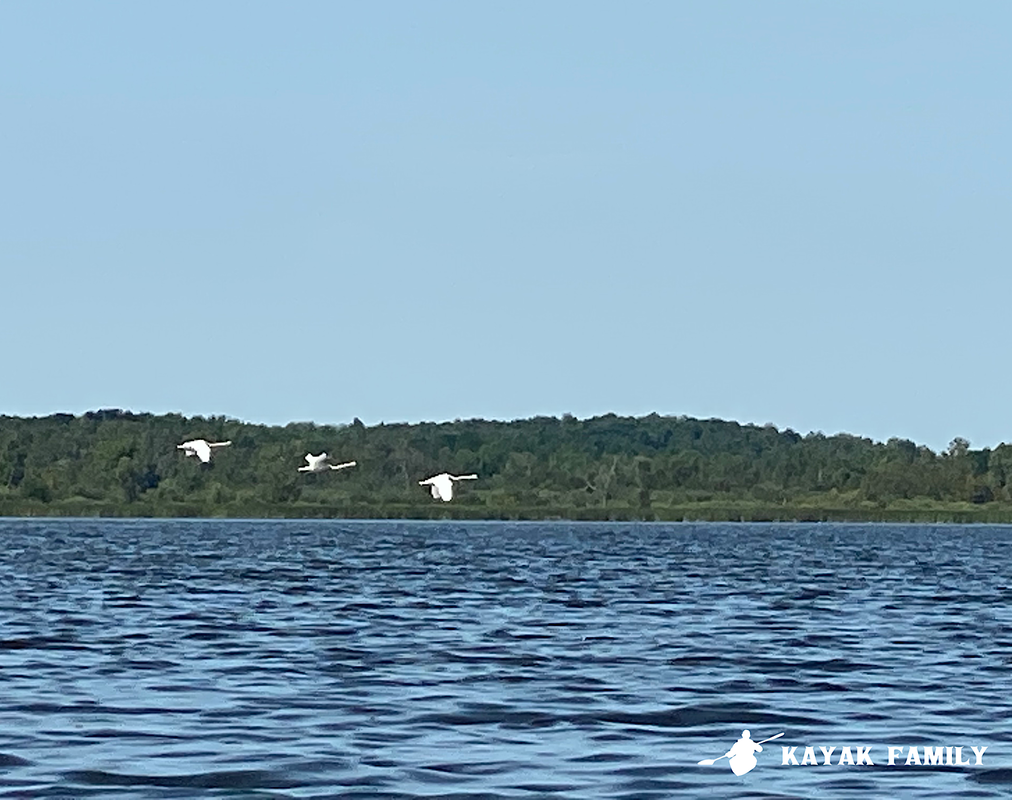Located in the headwaters of the Grand River Watershed, the wetlands of Luther Marsh are a top spot for bird-watching in Ontario. While the site is open year round for hiking, the marsh is only open to boats for a few weeks each year, so put this one on your calendar so you don't miss it.
Our Recommended Trip
Please note that kayak and canoe access to Luther Marsh is only permitted for a few weeks each year. Plan your trip when the Marsh is open. (More details down below)
Put In / Take Out: 034588 21 Side Road, Grand Valley, ON L9W 0H2.
The area has four boat launches that can be used after September 1 when interior roads open to vehicles. Between July 31 and September 1st, the two launches located down the 3 kilometres road can be used for water access.
Put In / Take Out: 034588 21 Side Road, Grand Valley, ON L9W 0H2.
The area has four boat launches that can be used after September 1 when interior roads open to vehicles. Between July 31 and September 1st, the two launches located down the 3 kilometres road can be used for water access.
Trip Length:
Cost: The admission costs when we paddled were as follows: Under 6 - free, age 6-14 $2.65, adults $6.64
Degree of Difficulty: Beginner to Intermediate. The wind can create dangerous conditions, as the large, shallow body of water gets very rough on windy days.
Cost: The admission costs when we paddled were as follows: Under 6 - free, age 6-14 $2.65, adults $6.64
Degree of Difficulty: Beginner to Intermediate. The wind can create dangerous conditions, as the large, shallow body of water gets very rough on windy days.
Gear Recommendations
Life jackets and all Transport Canada required safety gear are always a must. Sunscreen and sun hats are definitely recommended when you're on the water.
We also suggest you bring binoculars - while these are great for bird watching, they can also be helpful if you become disoriented on the marsh.
We also suggest you bring binoculars - while these are great for bird watching, they can also be helpful if you become disoriented on the marsh.
Mark Your Calendar
The Luther Marsh is one of those places you need to make a plan to visit, because there are quite a few restrictions. First off, is the access dates. The marsh is not open year round for kayakers. Because the marsh is primarily a Non-motorized watercraft including canoes, kayaks and rowboats are allowed starting July 31. Between July 31 and September 1, launch at one of the two launches down the 3 kilometers road. After September 1, canoes and kayaks can use any boat launch areas.
With all the restrictions, we set off on a sunny hot day in August 2020. We got there before 10 in the morning, which gave us lots of time to explore, and we did spend a long time paddling around. We packed up around 4:30, and by then we were definitely a lot tired and a little bit sun burned.
With all the restrictions, we set off on a sunny hot day in August 2020. We got there before 10 in the morning, which gave us lots of time to explore, and we did spend a long time paddling around. We packed up around 4:30, and by then we were definitely a lot tired and a little bit sun burned.
We stopped at another boat launch for lunch. There was a beach, small dock, and a grassy area where we spread out a couple of towels and had a picnic before we headed out again for more exploring.
Birders Rejoice
Luther Marsh is an incredibly active spot for birds, and we were excited to paddle around and spot some birds. Luther Marsh Wildlife Management Area has been designated as a Wildlife Management Area, an Area of Natural and Scientific Interest (ANSI), Important Bird Area (IBA), and a Provincially Significant Wetland. It is owned and managed jointly by the Ontario Ministry of Natural Resources and the Grand River Conservation Authority.
The Marsh reservoir was created in 1952 to manage flooding and augment low water flows along the Grand River. The resulting wetlands attracted thousands of migratory waterfowl each fall. 264 species of birds have been recorded at the Marsh. During fall migration, great egrets and sandhill cranes are abundant, especially in the sanctuary zone, and black-crowned night herons and common loons are also common. The marsh also supports breeding populations of least bittern, black terns, Virginia Rail, Sora, Marsh Wrens, and Pied-Billed Grebes.
The Marsh reservoir was created in 1952 to manage flooding and augment low water flows along the Grand River. The resulting wetlands attracted thousands of migratory waterfowl each fall. 264 species of birds have been recorded at the Marsh. During fall migration, great egrets and sandhill cranes are abundant, especially in the sanctuary zone, and black-crowned night herons and common loons are also common. The marsh also supports breeding populations of least bittern, black terns, Virginia Rail, Sora, Marsh Wrens, and Pied-Billed Grebes.
The bird watching was definitely a highlight for our trip. The day we visited, we saw two small flocks of trumpeter swans and a lot of egrets and great blue heron. We also saw an osprey fishing.
My six year old gathered up some feathers from the surface of the water. We knew that some of them were the fluffy down feathers from the Trumpeter swans we had seen, but there were a lot of others that we couldn't recognize, including some long brown ones. We brought a couple of them home convinced that they belonged to a bird of prey. We found a great site for identifying bird feathers (The Feather Atlas). Well, with the help of the website, we got a definite ID on the feather, but we were disappointed to learn that the feathers most definitely did not belong to any birds of prey. Instead, our exotic feathers had fallen out of ring billed sea gulls!
My six year old gathered up some feathers from the surface of the water. We knew that some of them were the fluffy down feathers from the Trumpeter swans we had seen, but there were a lot of others that we couldn't recognize, including some long brown ones. We brought a couple of them home convinced that they belonged to a bird of prey. We found a great site for identifying bird feathers (The Feather Atlas). Well, with the help of the website, we got a definite ID on the feather, but we were disappointed to learn that the feathers most definitely did not belong to any birds of prey. Instead, our exotic feathers had fallen out of ring billed sea gulls!
Know Before You Go
The map below, which I accessed on the Grand River Conservation Authority website, is definitely one worth printing off to carry with you. The marsh itself is very big, and it's easy to get disoriented while on the water here, so pay close attention to where you launch from. We've heard stories about kayakers getting lost at the Marsh and ending up spending the night out before being found.
Restricted Zones: Orange markers at the north edge of the lake restrict access to a wildlife sanctuary and heronry.
Boat Access Form: Before heading out on the marsh, every kayaker must submit a Boat Access Form with emergency contact information at the Park Kiosk. You can download these forms before you go.
Active Hunting Area: the area is open for gun hunting during the fall/winter season on Wondays, Wednesdays, Fridays, and Saturdays.
Restricted Zones: Orange markers at the north edge of the lake restrict access to a wildlife sanctuary and heronry.
Boat Access Form: Before heading out on the marsh, every kayaker must submit a Boat Access Form with emergency contact information at the Park Kiosk. You can download these forms before you go.
Active Hunting Area: the area is open for gun hunting during the fall/winter season on Wondays, Wednesdays, Fridays, and Saturdays.
Additional Reading
Outfitter Options
None
